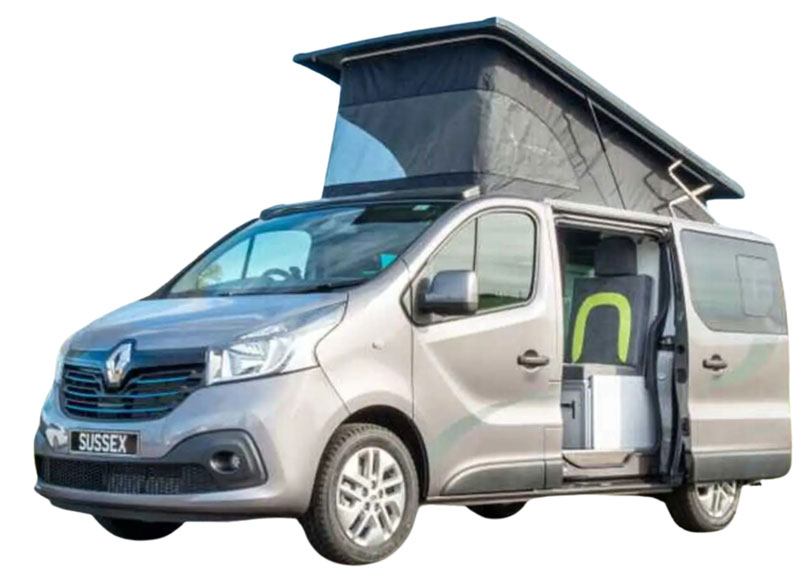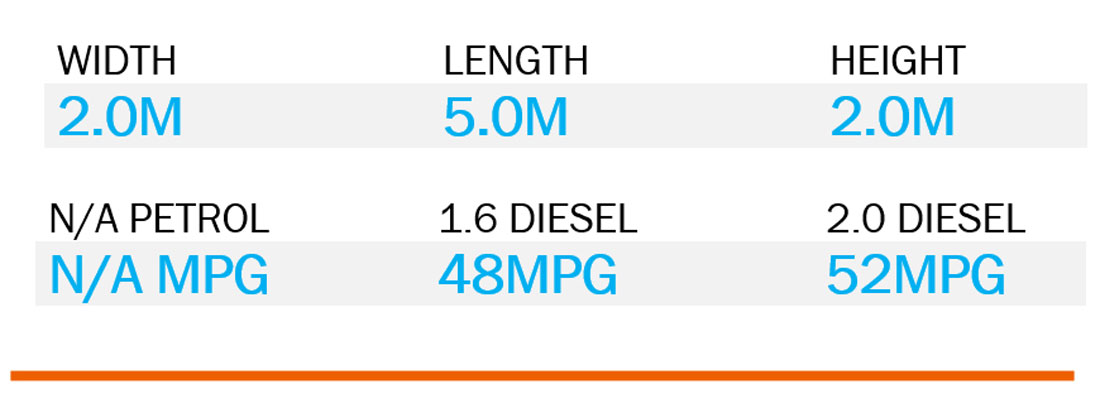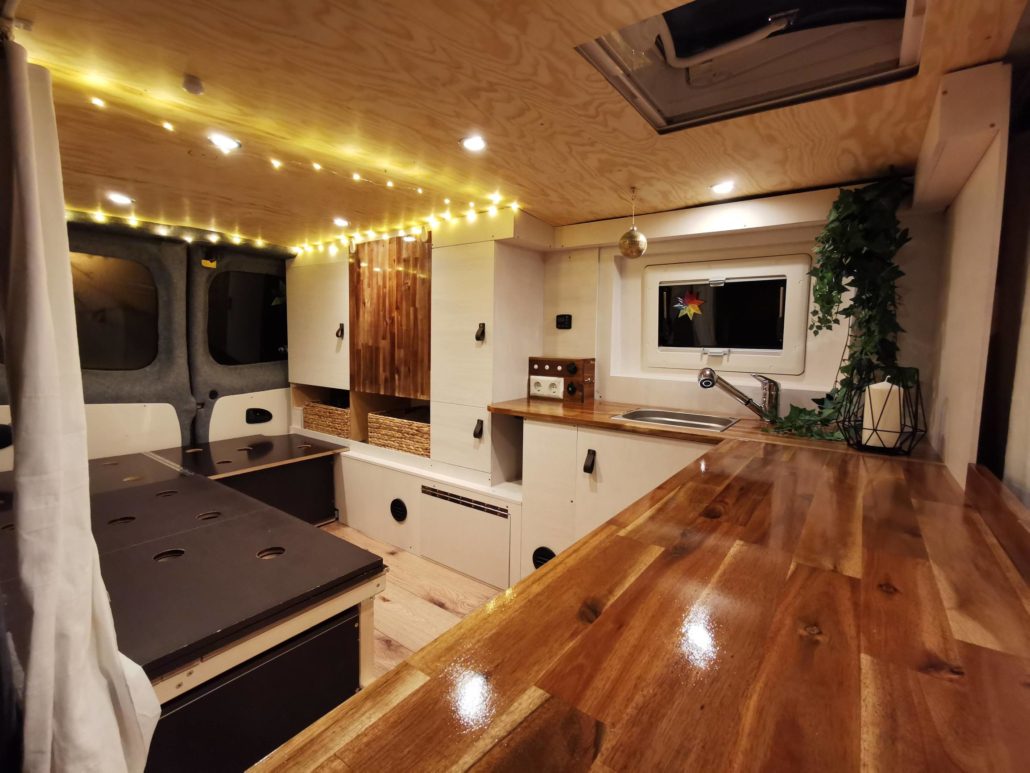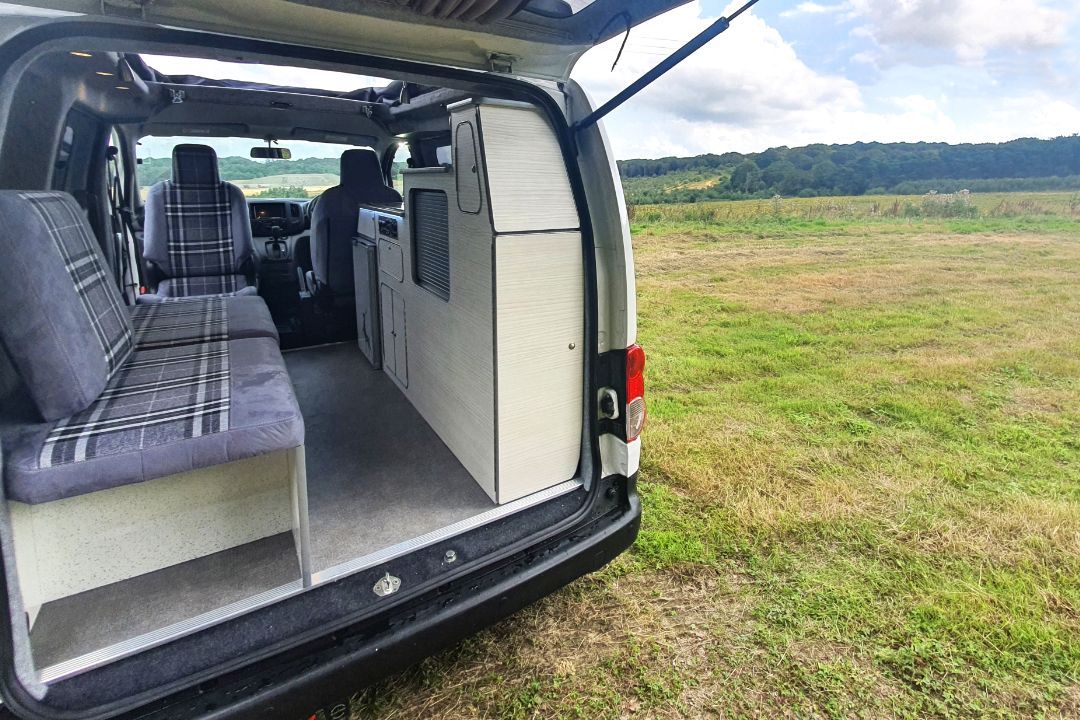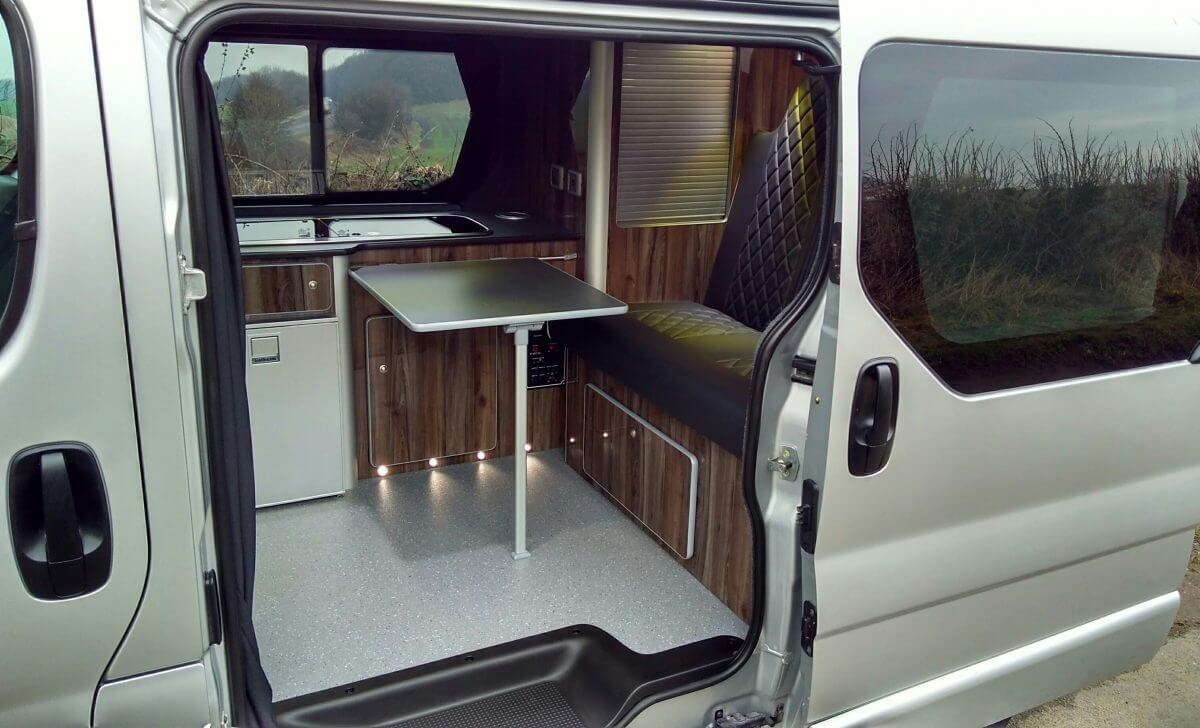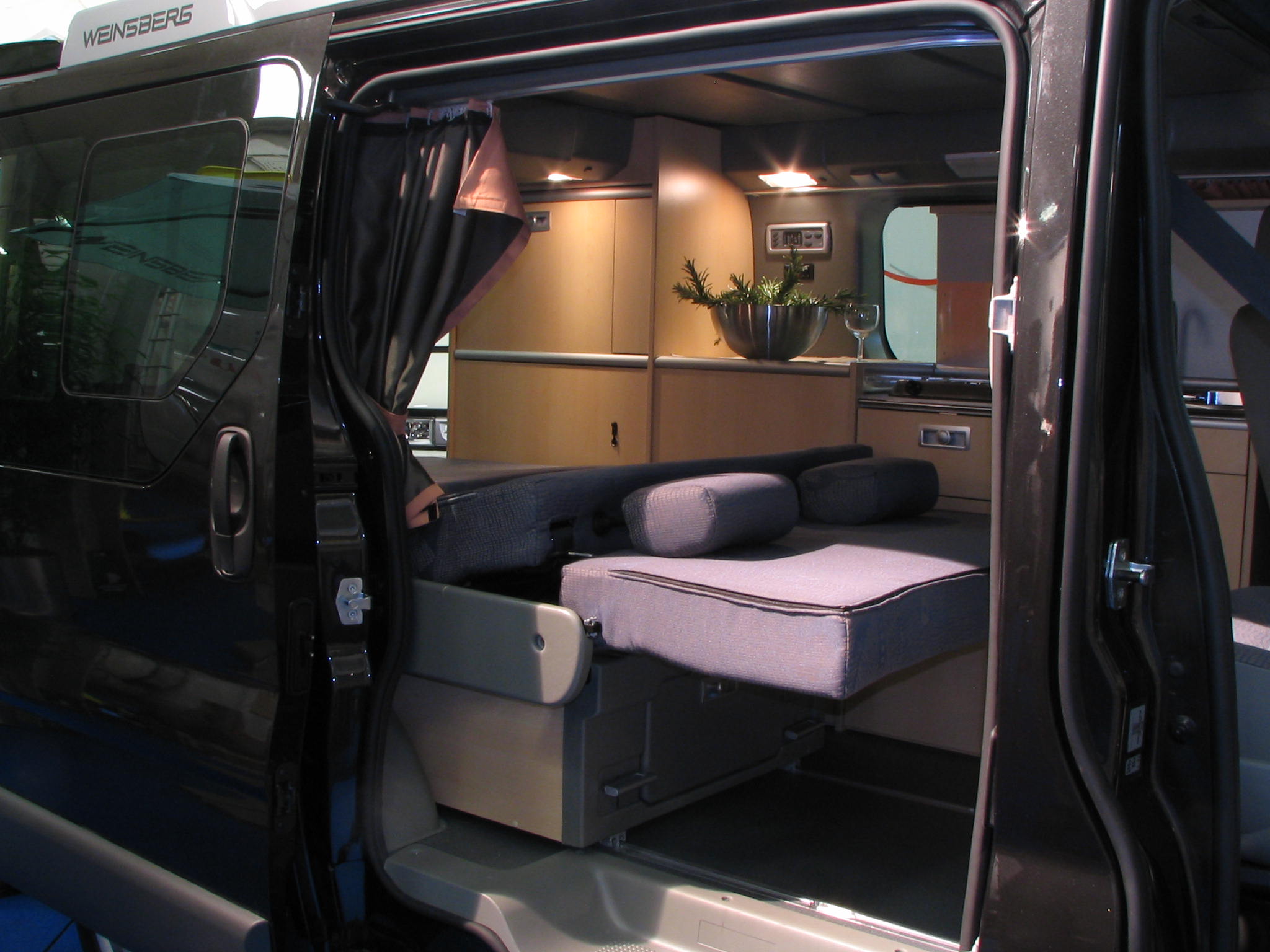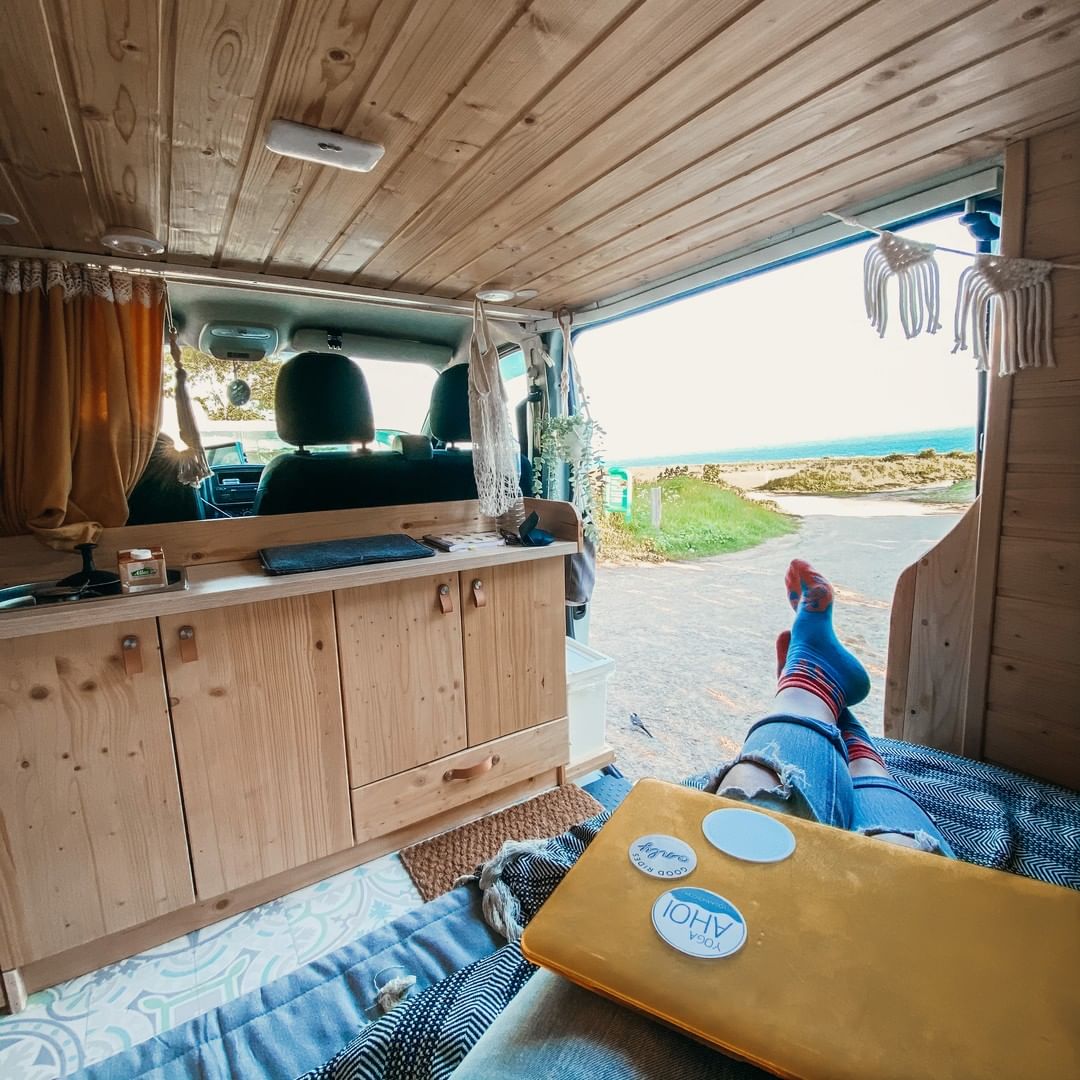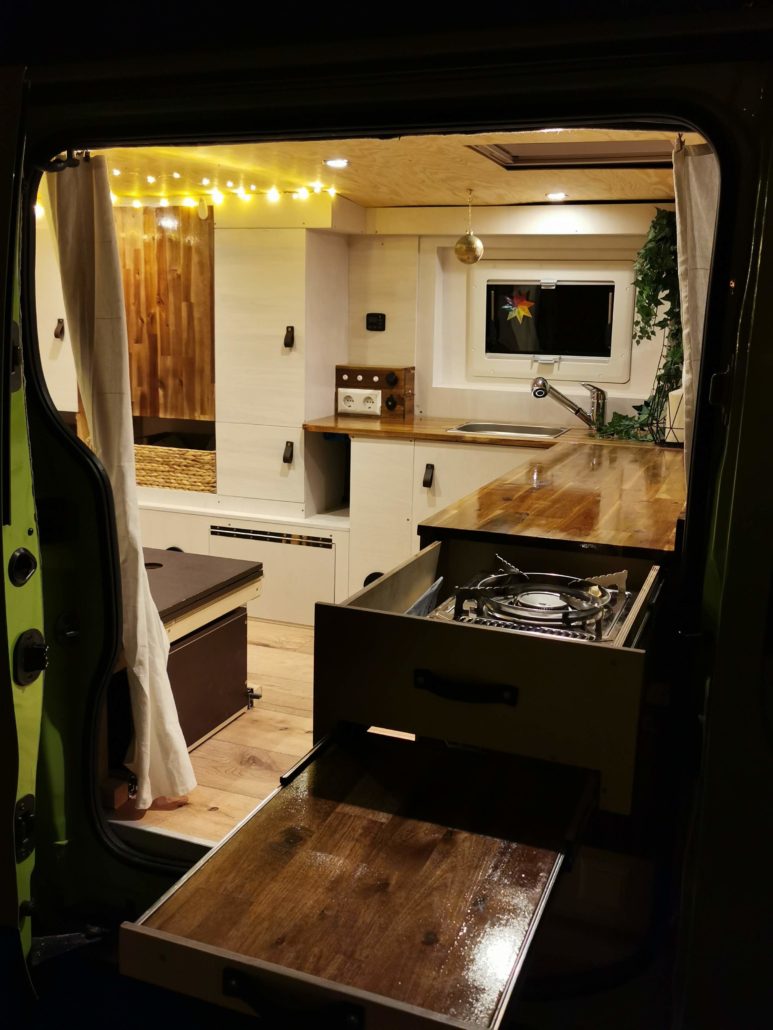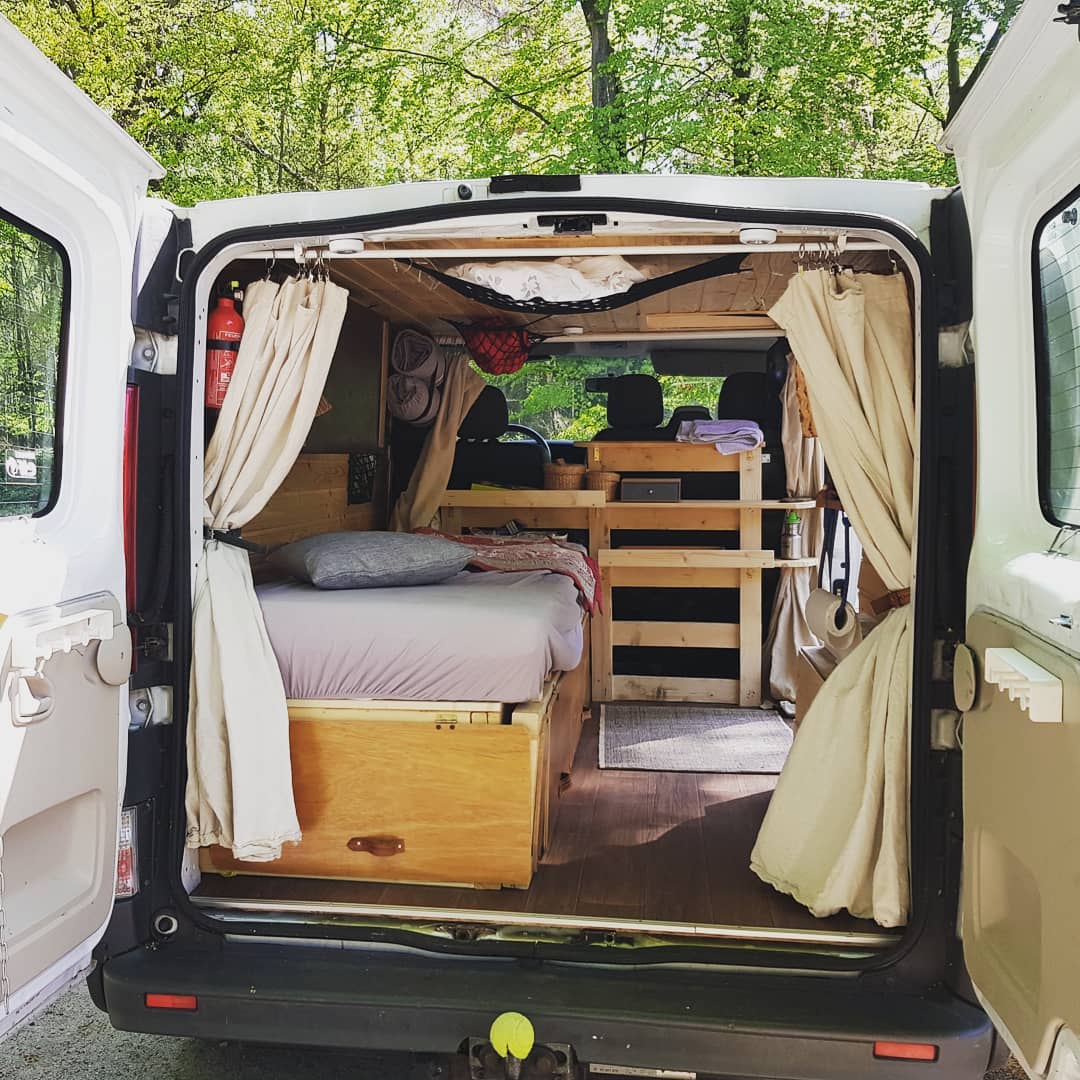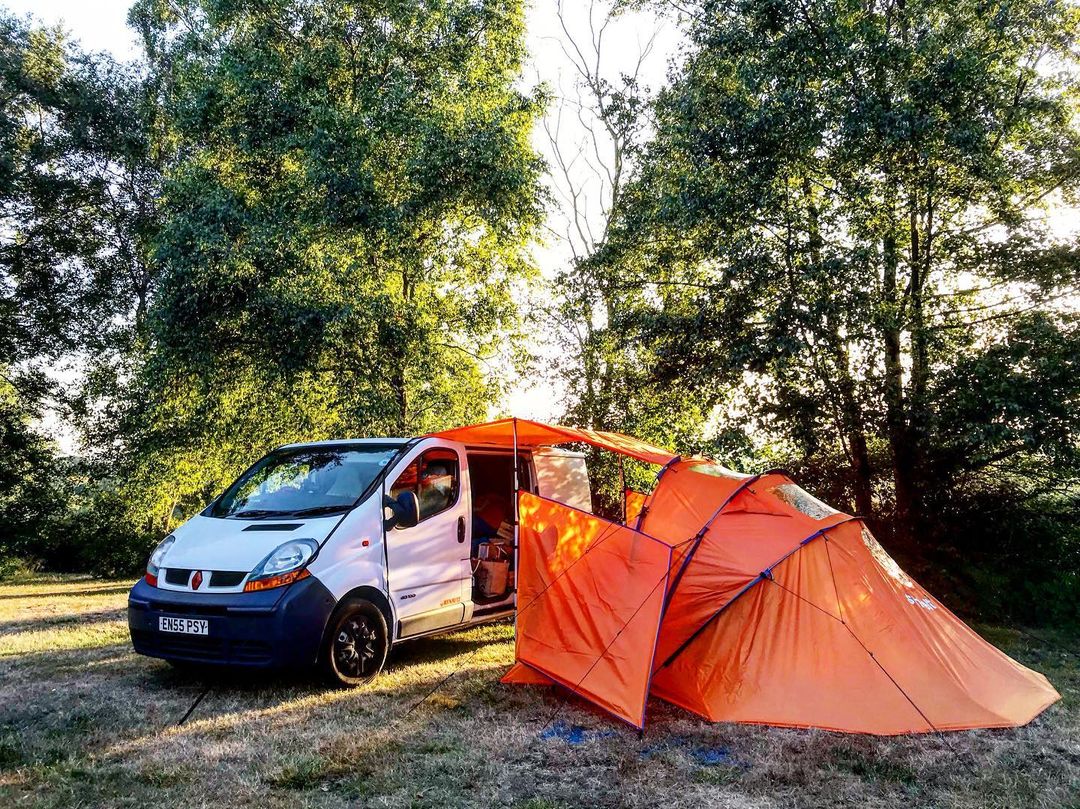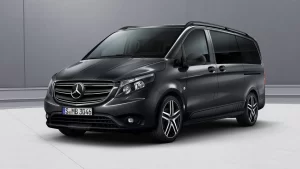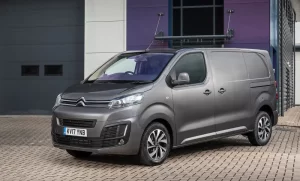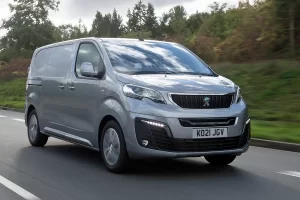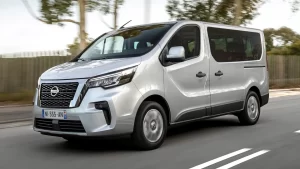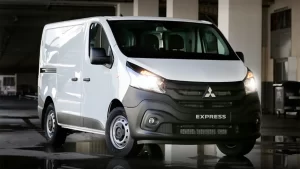
Top 10 Campervan Shower Ideas Plus Expert Tips and Advice
January 27, 2022
The Complete Guide to Solar Panels for Your Campervan
March 21, 2022THE HISTORY OF THE RENAULT TRAFIC
The Renault Trafic is a light commercial van that’s been sold by Renault since 1980. It’s an extremely popular van design, and has also been sold under other badges in markets around the world, including as the Fiat Talento, the Mitsubishi Express and the Vauxhall Vivaro.
The van is on its third generation. The first was produced from 1980 through to 2000, undergoing several revisions during this time. It was in this first generation that the van became popular for campervan conversions – the Mk1 Trafic was seen as a popular choice due to its flexible and spacious interior for a somewhat smaller van.
The second generation (2001-2015) and third generation (2014-present) are also popular for camper conversions, although the more modern the van the pricier the conversion, with many still preferring an older model. If you buy a brand-new Renault Trafic you’ll only have the 2.0L engine version, but there are older third-gen models that have a 1.6L engine.
First-generation Trafic vans were only available with manual gearboxes, so any campervan customers looking for an older model who can only drive automatic may need to consider an alternative. From the second generation onwards, Trafic models were made with the option of manual or automatic transmission.
To see what’s possible from a Renault Trafic camper conversion, check out this professional video tour.
Pros:
- Really comfortable and lightweight to drive, good for people not used to driving large vehicles
- The latest models are modern and quiet
- Good balance between performance and fuel efficiency
- Insurance costs, while not super-low, are fairly comparable to vans of similar size
- Roomy, ‘box-y’ design leaves plenty of space for storage with a conversion
Cons:
- No rear heating as standard
- The front seats aren’t swivel seats and will need to be fully replaced if desired
- It can be tricky to find spare parts for older models
Quirks:
- The doors on some models are pretty heavy, and take some effort to close
- There are no grab handles inside
INSIDE A RENAULT TRAFIC
Being slightly larger than some other popular vans that are converted to campers, there’s a lot of flexibility when it comes to the design of a Renault Trafic interior. Because they’re primarily designed as a business van, there’s ample space inside to convert one or both sides.
The front seats don’t swivel as standard, and replacing them can be expensive, so a lot of people will prefer to use fold down seats that double-up as the bed for their sitting area, if the pop-top isn’t used for a sleeping space.
That pop-top is essential because, despite being a good-sized van, it’s still not tall enough to stand upright in without the extra space, which does make it feel a little cosy. However, as the van is slightly wider, you can get a larger pop-top which really does open up the interior, almost making it feel quite roomy.
Professional conversions really make the most of the space in the van to create stylish designs – you’ve got a lot of freedom to really customise it to your tastes.
And if you can afford a more modern Trafic to convert, you’ll find the dashboard has a really sleek look with a lot of modern features, including a large screen entertainment centre.
As the video below shows, a Renault Trafic can be transformed into something very stylishing indeed!
RENAULT TRAFIC CAMPER CONVERSION TIPS
The Renault Trafic is a really flexible van due to its spacious interior. This means that there are a lot of companies already creating impressive conversions to a really professional standard, if that’s the route you want to go down.
But if you’re someone who wants to take on a project of your own, or you’ve spotted an unconverted Trafic going cheap that you think you could make into a good camper, then there are a few things you need to consider:
- Standing space
While it’s a wide and fairly long van, you won’t be able to stand upright in an unmodified Trafic. Which means you either need to accept that, and be comfortable crouching or using it just as your sleeping base, or you’ll need to add a pop-top roof, which usually requires professional help.
You could get a company to just add the roof, and then complete the rest of the conversion yourself, but it’s something you’ll need to budget for when you buy your van.
- Seating
With no front swivel seats in a Trafic as standard, you’ll either need to pay to completely replace them along with the base, which can cost a fair amount, or lose more space in the rear for extra seats. Most people choose the latter, since it’s cheaper and more straightforward, and you do have enough room for a small sofa along with units along one side.
- Storage
One of the main benefits of a Trafic is the box design, which means you can comfortably fit in taller storage units without needing to account for curved walls. If you’re converting your own Trafic, use this advantage wisely and plan your conversion meticulously. You’ll be surprised just how much floor space will still be available if you’re careful with your storage options.
- Flooring
A lot of Trafic vans are designed for business and so come with an uncovered metal floor, which is hardly ideal for a campervan. You’ll need to budget for some flooring, and if you’re not particularly handy at getting it tightly laid then you might need the help of an expert – something else you may need to budget for.
- Power
A lot of people add extra power options when converting their Trafic. The design of the van is well suited to solar panels, which are an additional expense upfront but could save you a lot of money in future by essentially providing free electricity.
Unlike some other vans that have quite a cult following for camper conversions, there’s not really an established Renault Trafic community that you can lean on. However many campervan forums do have Trafic owners, since they are fairly widespread, and you can find plenty of recommendations and tips for Trafic conversions on YouTube.

Hoping to buy a Renault Trafic?
Head to our CAMPERVAN BIBLE where we have listed the best places to buy a campervan and find campervans for sale. .
Renault Trafic Prices (Average)
Because Renault Trafic vans have been on sale for so long, and are still being made today, it’s very tricky to give an average price for a converted campervan. Add in the usual varying factors like mileage and condition and there’s a hugely diverse range of prices you could be looking at.
As a guide, expect to pay somewhere in the region of £1,500-£2,500 for a converted first generation Renault Trafic post-conversion, which will mostly be DIY jobs. That’ll rise to around £4,000 for more professional conversions.
Second generation Trafic campervans from the early 2000s tend to sell for between £4,000 and £8,000 depending on their condition. These vans tend to be a good choice if you have the budget because you’re less likely to be paying large sums for repairs in the near future, and they look a lot more modern too. Of course, you might be a fan of the retro look of the first-gen models.
Third-generation Renault Trafic conversions cost a lot more, because you’re getting a very modern and reliable campervan generally. Vans from 2011-2014 will cost in the region of £15,0000-£18,000, while the most contemporary conversions will cost around £35,000-£42,000.
RENAULT TRAFIC ALTERNATIVES
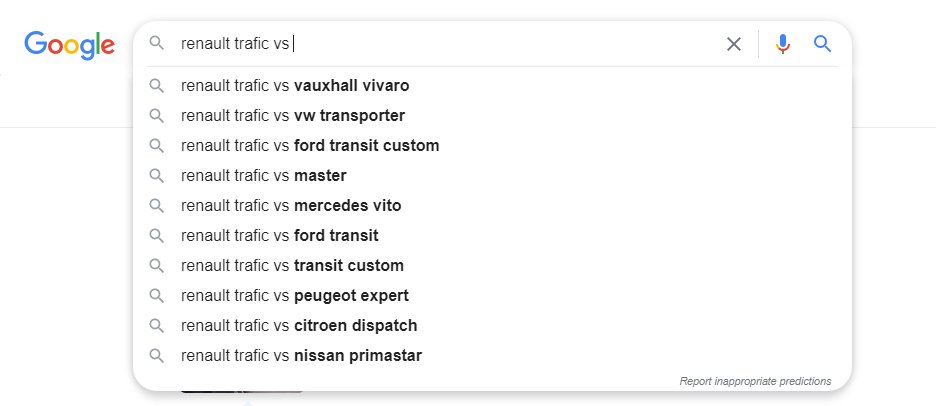
Not completely convinced that the Renault Trafic is the one for you? Here are some similar vans, along with others that people tend to compare the Trafic with.
VW Transporter
- Production – 1950 to present
- Dimensions – 4.5-5.3m (length) x 1.7-2.3m (width) x 1.9-2.4m (height)
- Engine sizes – 1.1L–2.8L Petrol, 1.9-2.5L Diesel
The VW Transporter is pretty close to the Renault Trafic in terms of size, although some models are taller. Similar to the Trafic they’re officially sold in the UK so parts (for newer models) are easy enough to obtain, and they’re a really popular choice for camper conversions.

Mercedes Vito
- Production – 1996 to present
- Dimensions – 4.9-5.4m (length) x 2.2m (width) x 1.9m (height)
- Engine sizes – 2.0L Diesel, 2.1L Diesel, 3.0L Diesel (for third-gen Vitos. There are many more variations of second gen)
The Mercedes Vito is another van that is similar in size and performance to the Renault Trafic, with an almost identical fuel economy. It tends to feel a little less spacious due to the softer curves of the side panels, and being a Mercedes-Benz it does carry a premium for the brand.
Ford Transit
- Production – 1965 to present
- Dimensions – Various (many international variations)
- Engine sizes – Various (many international variations)
There are countless versions of Ford Transit that have many different body types, but the classic van compares pretty favourably against the Trafic. It’s extremely popular amongst camper conversion companies, really easy to get parts for, and it’s as good a drive if not better.
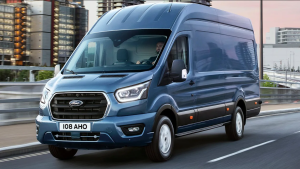
Citroen Dispatch
- Production – 1995 to present
- Dimensions – 4.6-5.3m (length) x 1.9m (width) x 1.9m (height)
- Engine sizes – 1.1L–2.8L Petrol, 1.9-2.5L Diesel
The Citroen Dispatch (which has the much more fun name Citroen Jumpy in other markets) is normally a slightly smaller van than the Trafic, although the difference is minimal. The interior space is therefore also slightly smaller, but they have a better fuel economy of 55mpg. In terms of cost, you’ll pay around the same as you would for an equivalent Trafic.
Peugeot Expert
- Production – 1995 to present
- Dimensions – 4.6-5.3m (length) x 1.9m (width) x 1.9m (height)
- Engine sizes – 1.6L Diesel and Electric models available
The Peugeot Expert is another version of the Citroen Dispatch, but it has Diesel and Electric variants. It shares the same problems as the Dispatch in terms of being smaller than the Trafic on the inside, and it also has a worse fuel economy too for the Diesel engine at 42mpg.
And then there are the vans that are based on the Renault Trafic, but have been sold under different makes and models in various markets:
Nissan NV300
- Production – 2016 to present
- Dimensions – 5.0m (length) x 2.0m (width) x 2.0m (height)
- Engine sizes – 1.6L Diesel
An adaptation of the latest generation of the Trafic, the Nissan NV300 succeeded the Nissan Primestar (itself an adaptation of earlier Trafic generations). It has dimensions that are pretty close to the Trafic, although the 1.6L Diesel engine has slightly worse fuel economy, and getting spare parts in the UK can be trickier.
Vauxhall Vivaro
- Production – 2001 to present
- Dimensions – 4.9m (length) x 1.9m (width) x 1.9m (height)
- Engine sizes – Diesel and Electric models available
There are various versions of the Vivaro, which was also sold as the Opel Vivaro outside the UK. The Vivaro 1 is based on the second-gen Trafic, and the Vivaro 2 is based on the third-gen Trafic. The Vivaro 3 is the latest model, produced from 2019, and it’s based on the Citroen Dispatch mentioned above. All of the Vivaros are popular for campervan conversion, with the latest model also available as an electric vehicle.
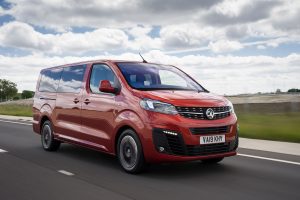
Mitsubishi Express
- Production – 1980 to present
- Dimensions – Various (many international variations)
- Engine sizes – Various (many international variations)
Similar to the Ford Transit, there are a great many variations of the Mitusbishi Express with various different body styles.However it’s the X82 which is a rebranded version of the third-generation Trafic. There’s no real benefit to choosing the Express, and it’s likely to be slightly harder to get parts in the UK, so stick with the Trafic.
THE RENAULT TRAFIC FAMILY
Thinking about buying a brand new Renault Trafic to convert into a luxury camper? Here’s a quick rundown of what each model gets you.
Renault Trafic Business and Business +
The Business is the standard model, with a DAB radio, remote central locking and electronic stability control. Upgrade to the Business + and you also get an 8-inch touchscreen that has Apple CarPlay and Android Auto built-in.
Renault Trafic Sport Review
The Sport model adds a few more upgrades, including alloy wheels, electrically folding mirrors, and a touchscreen sat nav, along with LED interior lights and automatic emergency braking. There’s a Sport+ model too, which adds lane departure warning tech, keyless entry, climate control and a rear parking camera.
Renault Trafic Black Edition Review
The Black Edition is the more recent model added to the lineup. It has mainly small cosmetic changes, including black alloy wheels and a black Renault logo – nothing that will really sway you when converting to a campervan.

SEE IT IN ACTION!
Want to learn more about the Mazda Bongo from others who’ve made the leap? Check out these great blogs to see what other Mazda Bongo owners have managed to do with their camper, and the adventures they’ve enjoyed
The Back Packing Site
Ricardo the Renault
UK Campsite
ANYTHING ELSE WE SHOULD KNOW?
Are Renault Trafic campers any good?
While they don’t have a huge community following online, Renault Trafic campervans are definitely a good choice. Older models are comfortable and spacious without costing the earth, while the more recent models are some of the more luxurious mid-sized camper vans you can buy.
Can you stand up in a Renault Trafic?
You can’t stand up in an unmodified Renault Trafic, so it’s advised to get a pop-top roof added to give you more space. It’s not essential if you only plan on using the van for sleeping and sitting, but you would have to crouch to get in and out.
How much does a Renault Trafic conversion cost?
This depends entirely on how much of a conversion you’re looking for. To just carry out a DIY build to add basic storage and a bed, you could convert a Trafic for less than £1,000. Professional conversions tend to cost around £10,000-£15,000 on top of the £30,000 cost for the new vehicle.
Is a Renault Trafic a car or a van?
The Renault Trafic is a van. It can be used for business or as a 6-seater personal vehicle. It has sliding side panel doors and a spacious interior that makes it a popular choice as a campervan.
Do Renault Trafic vans have toilets?
Renault Trafic vans don’t come with toilets by default, but it’s easy enough to add a camping toilet to the van as part of a conversion if you want to. Because the Trafic has the potential for a lot of storage space, you could potentially fit a chemical toilet with some clever planning.
Are Renault Trafic vans insulated?
Renault Trafic vans aren’t insulated when bought brand new. If you’re converting your own campervan you’ll need to add your own insulation.
RENAULT TRAFIC CAMPERVAN REVIEW: FINAL THOUGHTS
Renault Trafic vans are a solid, dependable and spacious option for your campervan. They’re reasonably priced (both upfront and when it comes to insurance), and more importantly they give you a lot of room to get creative with your conversion.
However if you’re buying an older model to convert because you’re on a budget, getting the right support and parts could be a little trickier. Modern Trafic vans are really luxurious but expensive – if you’re on a budget, you need to make sure you do a thorough check before committing to a Trafic that could need a lot of maintenance.



